Bubble wrap has long been recognized for its role in protecting fragile items during shipping. However, at The Foam Company, we’ve discovered that its innovative design offers much more. Today, bubble wrap is celebrated for its use in enhancing insulation and soundproofing environments, helping to maintain indoor temperatures, reduce energy costs, and create a quieter atmosphere. Let’s dive into the many facets of bubble wrap that go well beyond traditional packaging.
Bubble wrap’s journey from a simple packaging material to a multi-functional product is both fascinating and inspiring. Initially developed to protect items during transit, its design has proven invaluable in areas requiring thermal and acoustic regulation. The air-filled cells within the wrap serve as an effective barrier against heat and noise, transforming your living or work space into a more energy-efficient and peaceful environment.
This versatile product can easily be adapted for:
- Insulation Purposes: Retaining warm air during colder months and blocking out summer heat.
- Soundproofing Applications: Reducing the intrusion of unwanted sound, making it perfect for busy offices or cozy home studios.
- DIY Home Projects: Providing a simple, cost-effective solution for temporary or even long-term insulation and acoustic applications.
For example, many users have discovered that using bubble wrap insulation on windows or in attics can significantly reduce heating costs. Similarly, incorporating bubble wrap for soundproofing in a home studio enhances audio quality without the need for expensive materials.
Beyond these benefits, bubble wrap is eco-friendly and cost-effective. It’s a product that can be repurposed or recycled, ensuring it aligns with sustainable building practices. As trends shift toward eco-friendly and innovative solutions, bubble wrap continues to provide cutting-edge applications that address both modern challenges and environmental stewardship.
The Evolution of Bubble Wrap and Its Science
Over the years, bubble wrap has evolved from a simple cushioning material into a high-performance solution for insulation and acoustic control. This evolution is rooted in its unique structural design, air pockets enclosed between plastic layers, which fundamentally change how it interacts with heat and sound.
Key aspects of bubble wrap include:
- Air-Filled Cells: These tiny bubbles trap air that reduces heat transfer, making it an excellent candidate for thermal insulation bubble wrap. The trapped air works as an insulating layer, slowing down the flow of heat and reducing energy loss.
- Sound Dampening: The same air pockets that provide insulation also absorb and disperse sound waves. This means that when installed in walls or ceilings, bubble wrap can significantly reduce echo and ambient noise, ideal for creating a more peaceful environment. Many professionals have started using bubble wrap for soundproofing to enhance office acoustics or studio recordings.
- Lightweight & Flexible: Its lightweight and flexible nature makes bubble wrap easy to install and adapt to varied surfaces. Whether it’s lining windows, wrapping pipes, or being integrated into a more complex design, bubble wrap’s adaptability means it can be used in many innovative ways.
- Eco-Friendly Options: Recognizing the need for sustainable solutions, many companies now offer eco-friendly bubble wrap options that are designed to be recycled. This minimizes the environmental impact associated with traditional packaging materials and insulation products.
In essence, the science behind bubble wrap’s evolution is simple yet effective. Its design leverages the insulating properties of trapped air, delivering a dual-purpose material that meets the modern demands of energy efficiency and sound control. Whether you’re considering it for a small DIY project or a larger renovation, bubble wrap is emerging as a trusted, versatile material that transcends its original use.
Bubble Wrap for Insulation: Retain Heat, Cut Costs
As energy expenses continue to climb, homeowners and businesses are turning to innovative solutions to maintain indoor temperatures cost-effectively. Bubble wrap has emerged as one such resource, serving as an affordable yet efficient insulating material.
Why Choose Bubble Wrap for Insulation?
- Thermal Barrier Efficiency: The air trapped in bubble wrap creates a natural barrier. When used for bubble wrap insulation, it prevents warm air from escaping during winter and keeps cooler air in during summer.
- Ease of Application: Unlike traditional insulation materials that often require professional handling, bubble wrap can be easily applied over surfaces such as windows, doors, and even pipework. Its DIY-friendly nature makes it ideal for quick home improvements.
- Cost-Effective Solution: With its affordability, bubble wrap stands out as a budget-friendly alternative compared to fiberglass or spray foam. By using thermal insulation bubble wrap, users can achieve noticeable energy savings without a significant upfront investment.
-
Versatile Application Areas: Bubble wrap can be used in various settings, from residential homes to commercial buildings. Its flexibility allows for tailored applications such as:
- Lining windows to prevent heat loss.
- Insulating attics or even roofs for improved temperature retention.
- Wrapping pipes to guard against freezing temperatures.
Practical Benefits
- Reduced Energy Consumption: A well-insulated home reduces the need for heating and cooling, lowering overall energy consumption and cutting utility bills.
- Temporary Insulation Fixes: For renters or those unsure about making permanent modifications, bubble wrap serves as an excellent temporary insulation solution. It’s easy to remove or reposition when necessary.
- Eco-Friendly and Sustainable: Many eco-friendly bubble wrap options are available that contribute less to environmental waste, reinforcing the move towards sustainable living.
By integrating bubble wrap into insulation projects, you’re not only optimising energy efficiency but also investing in a product that is both innovative and pragmatic. This simple, effective solution is paving the way for smarter, greener, and more affordable insulation methods.
Bubble Wrap for Soundproofing: Embrace the Quiet
In today’s noisy world, finding moments of silence is increasingly challenging. Whether you’re setting up a home office or a recording studio, managing sound is key to productivity and relaxation. Fortunately, bubble wrap can be an effective tool for soundproofing.
Benefits of Using Bubble Wrap for Soundproofing
- Sound Absorption: The air pockets in bubble wrap help to interrupt the transmission of sound waves. When used as bubble wrap for soundproofing, it can significantly reduce echo and background noise in both large and small spaces.
- Affordability: Traditional soundproofing materials such as acoustic foam or mass-loaded vinyl can be expensive and require professional installation. Bubble wrap offers a low-cost alternative that provides decent sound dampening without the high price tag.
-
Versatile Application: Bubble wrap’s flexibility means it can be incorporated into various parts of your space. Some creative approaches include:
- Lining walls and ceilings to reduce external noise intrusion.
- Installing under carpets or padding in home theaters.
- Using it as a supplemental layer behind existing acoustic panels for extra sound control.
- Temporary and Removable: For those in rental properties or spaces where permanent changes are not desired, bubble wrap is a fantastic temporary solution. It’s easy to install, remove, and reposition, meeting the needs of users who require flexible soundproofing options.
- Easy to Customize: Its simple design means that bubble wrap can be cut to size and layered as needed. This customization helps you achieve optimal results tailored to your specific environment, whether it’s a noisy open-plan office or a quiet room for meditation.
Practical Tips
- Layering: Consider using double-layer bubble wrap insulation for enhanced soundproofing. Multiple layers may offer more effective noise reduction.
- Combine with Other Materials: For improved performance, pair bubble wrap with curtains, rugs, or professional acoustic panels.
In essence, bubble wrap transforms conventional soundproofing by providing an adaptable, cost-efficient solution suitable for many settings. It’s a smart choice for achieving a peaceful environment without extensive renovations, proving that simple materials can deliver significant benefits.
Creative and Practical Applications in Daily Life
Beyond its conventional uses in shipping and storage, bubble wrap has found a special place in everyday applications, thanks to its diverse qualities. At The Foam Company, we encourage creative thinking to use this versatile product across both residential and commercial projects.
Everyday Applications
- Home Insulation: Many homeowners are discovering that bubble wrap insulation can be used to cover windows, doors, and even walls, reducing heat loss and cutting down on energy bills. It’s particularly popular in older homes where traditional insulation may have lost its effectiveness.
- Soundproofing Areas: Noise reduction is essential in today’s busy environments. Bubble wrap for soundproofing offers a simple solution to muffle sounds in home offices, studios, or living areas. Its flexibility allows it to be easily installed behind furnishings or mounted on walls for extra sound dampening.
- Greenhouse Insulation: Gardeners and greenhouse owners are using bubble wrap to maintain a stable temperature, protecting delicate plants from extreme weather conditions. This thermal insulation bubble wrap method is especially effective during colder months.
- DIY Projects and Temporary Solutions: Whether you’re looking for a temporary fix during home renovations or an innovative, DIY home project, bubble wrap serves as an affordable solution. It can be removed without damaging surfaces, making it ideal for renters.
- Commercial and Industrial Uses: Businesses have also tapped into the versatility of bubble wrap. From lining storage areas in warehouses to creating a more comfortable environment in customer-facing spaces, it provides a cost-effective, dual-purpose solution as both insulation and soundproofing material.
Benefits and Considerations
- Cost Savings: Using eco-friendly bubble wrap options helps reduce energy consumption while also providing noise control, resulting in lower maintenance and utility bills.
- Ease of Installation: The lightweight nature of bubble wrap makes it simple to cut, shape, and install in a variety of settings. With just a few basic tools, many home improvement projects can be completed quickly and efficiently.
- Sustainable Choice: Many of our bubble wrap products are designed for recyclability, making them a sustainable alternative to conventional materials.
By exploring these creative uses, you open up a world of practical applications that enhance everyday living. Whether for bubble wrap for soundproofing or for general DIY home projects, this material proves that innovation can often be found in the simplest solutions.
Bubble Wrap vs Traditional Insulation: The Comparison
When comparing insulation materials, bubble wrap stands out as a surprisingly effective and affordable alternative to traditional options. Here, we explore its key differences and benefits.
Comparison Points
- Installation Process: Traditional materials like fiberglass or foam panels often require professional installation. In contrast, bubble wrap insulation is simple to apply, making it highly attractive for DIY enthusiasts.
- Cost Efficiency: Bubble wrap is highly cost-effective. It not only reduces installation costs but also significantly lowers energy bills by maintaining more stable indoor temperatures.
- Flexibility and Adaptability: Bubble wrap’s lightweight, flexible nature means it can be easily tailored to fit irregular surfaces. Users can cut it to size for custom insulation projects ideal for windows, doors, or even curved surfaces.
- Environmental Impact: Many modern products offer eco-friendly bubble wrap options that are recyclable and have a lower carbon footprint compared to energy-intensive traditional materials.
- Acoustic Benefits: Traditional insulation rarely doubles as a sound barrier. However, bubble wrap’s cellular structure allows it to also serve as bubble wrap for soundproofing, offering dual functionality in one product.
Key Takeaways
- Versatility: While traditional insulation is often designed for a singular purpose, bubble wrap offers versatility ranging from thermal insulation to sound dampening.
- Ease of Maintenance: Its durability and simplicity mean that repairs or adjustments can be made without specialized skills or costly services.
- Value for Money: For many, the ease of use and broader range of applications justify opting for bubble wrap over more expensive alternatives.
Ultimately, the decision between bubble wrap and traditional insulation materials depends on your specific needs. However, the many benefits offered by bubble wrap its cost savings, ease of installation, and multi-functional capabilities, make it a standout choice for modern insulation challenges.
Installation Tips and Best Practices
Even the best materials require thoughtful installation to maximize their benefits. When working with bubble wrap, whether for insulation or soundproofing, a few best practices can ensure optimal performance.
Preparation
- Clean Surfaces Thoroughly: Ensure that walls, windows, or other surfaces are free of dust and moisture. A clean surface improves adhesion, whether using self-adhesive bubble wrap or adding tape or fasteners
- Measure and Mark Areas: Taking precise measurements helps in cutting bubble wrap accurately, minimizing waste, and ensuring a snug fit around each area.
Installation Techniques
- Layer for Enhanced Effect: Consider applying double-layer bubble wrap insulation to boost thermal efficiency or sound reduction. Multiple layers can provide extra durability and performance.
- Utilize Adhesives or Fasteners: Choose appropriate adhesive tapes or removable fasteners if you need a solution that can be easily removed, especially in rental properties.
- Combine with Other Materials: For a superior effect, integrate bubble wrap with other insulation or acoustic treatments. This may include lining it with foil for additional thermal reflectivity or using it alongside professional acoustic panels for improved noise reduction.
Ongoing Maintenance
- Regular Inspection: Periodically check the bubble wrap for any signs of wear or damage. Small tears can reduce its efficiency in both insulation and soundproofing.
- Replace as Needed: In areas subject to heavy usage or exposure, replace the bubble wrap to maintain its performance over time.
Using these guidelines, you can ensure your installation is both efficient and durable. With clear steps and simple techniques, bubble wrap becomes an accessible material for DIY projects and professional applications alike. Discover more about installation methods by exploring our dedicated resources on bubble wrap insulation.
The Future of Sustainable Bubble Wrap
Innovation continues to propel bubble wrap into new applications, making it not just a packaging material but a dynamic solution for energy efficiency and sound management. As technology advances, the future of bubble wrap is geared toward improved sustainability and enhanced performance.
Emerging Trends
- Eco-Friendly Materials: New developments focus on creating eco-friendly bubble wrap options using recycled or bio-based plastics. These environmentally sustainable materials reduce the product’s carbon footprint.
- Enhanced Insulation Performance: Research is ongoing to improve the R-value of bubble wrap. With innovations in thermal insulation bubble wrap, future products are expected to offer even better energy efficiency.
- Multi-Functional Uses: The push for versatile, dual-purpose products means that future bubble wrap may integrate smart technologies, such as temperature regulation sensors or enhanced acoustic properties, all while remaining lightweight and flexible.
- Design Innovations: Manufacturers are exploring new designs that not only meet performance standards but also blend more seamlessly with interior décor. This means that bubble wrap could soon be a discreet yet effective component in both residential and commercial settings.
Looking Ahead
- Cost-Effective and Sustainable: As production methods improve, bubble wrap is likely to become an even more affordable option for bubble wrap insulation and soundproofing.
- Broader Market Acceptance: With increased focus on sustainability in building and renovation projects, we expect a growing number of industry professionals to embrace bubble wrap for its dual-purpose capabilities.
- Customized Solutions: The future may also bring personalised bubble wrap products tailored to the specific needs of individual projects, ensuring the perfect fit in any application.
At The Foam Company, we’re excited about these advancements and remain committed to offering products that combine tradition with innovation. The future of sustainable bubble wrap is bright, and we are proud to be at the forefront of these developments.
Ready to Start Your Project?
Now that you understand the numerous benefits and versatile applications of bubble wrap, you are ready to incorporate it into your next project whether that’s enhancing home insulation, soundproofing your workspace, or undertaking a fun DIY project.
Key Points to Remember
- Versatile Applications: From bubble wrap for soundproofing to bubble wrap insulation, this material adapts to a wide range of needs.
- Easy Installation: With simple steps and minimal tools, you can transform your space quickly and efficiently.
- Cost-Effective & Eco-Friendly: Save on energy costs while contributing to a greener environment with sustainable, recyclable options.
Next Steps
- Evaluate Your Needs: Identify the areas in your home or workspace that could benefit most from improved thermal insulation or reduced noise.
- Consult Our Experts: Contact us for personalised advice and to learn more about the best applications of bubble wrap insulation
- Explore Our Products: Visit our online bubble Wrap Collection to find the ideal products for your project.
By choosing bubble wrap, you are embracing an innovative solution that meets modern demands for efficiency and sustainability. Let us help you transform your space one bubble at a time.


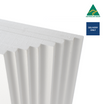
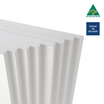
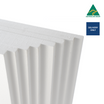
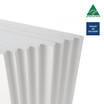
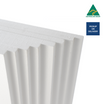
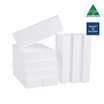
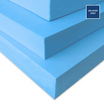
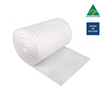
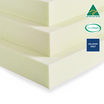
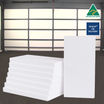
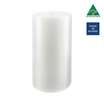
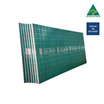
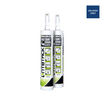

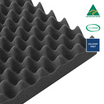
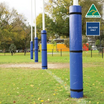
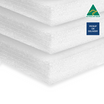
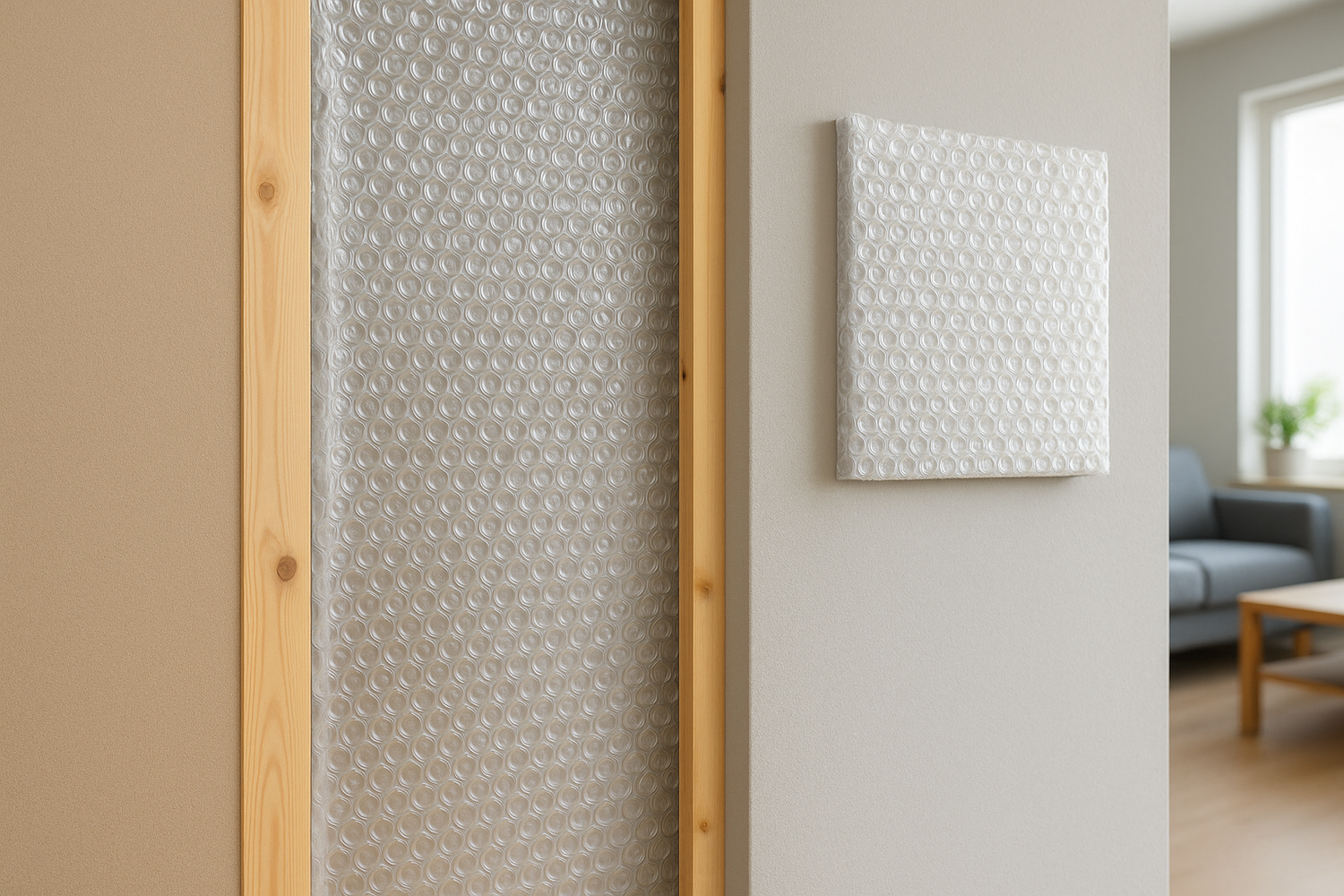
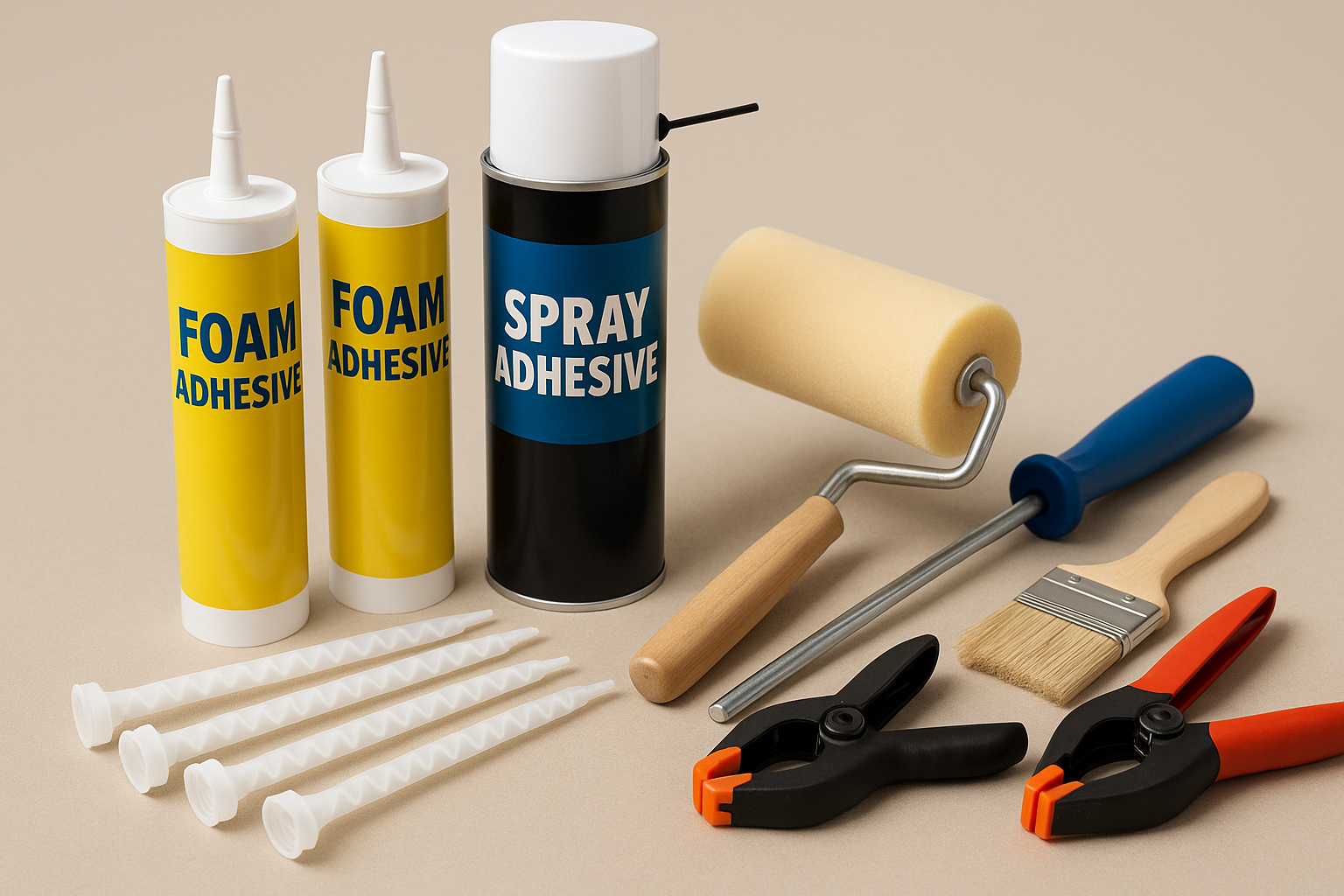
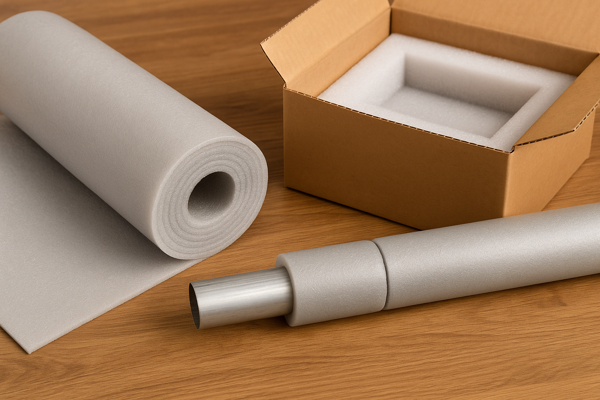
Leave a comment
This site is protected by hCaptcha and the hCaptcha Privacy Policy and Terms of Service apply.